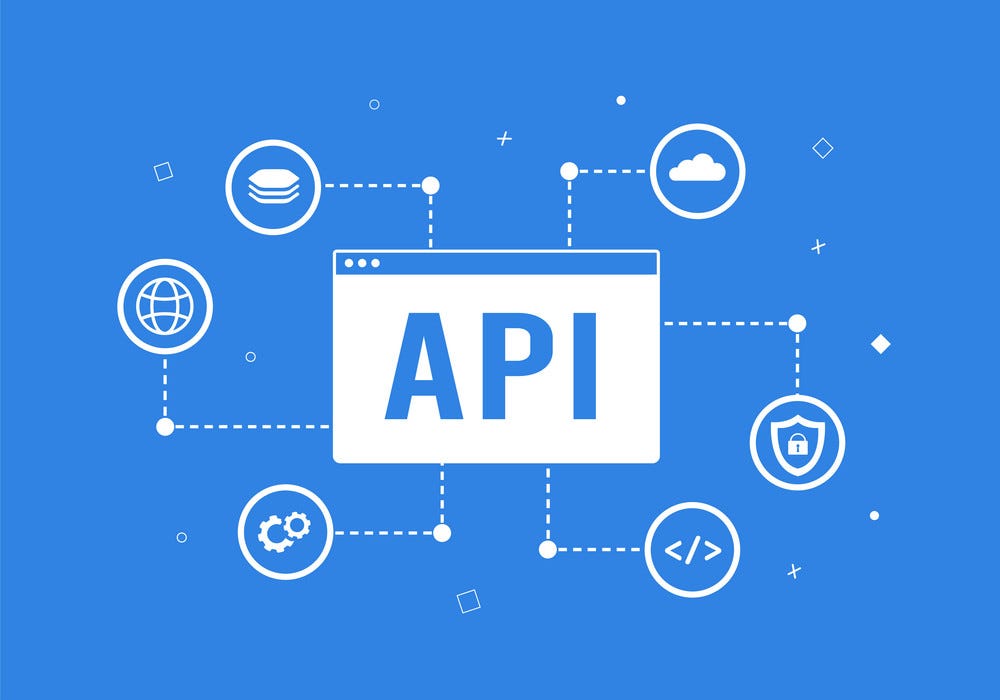API Gateway vs. Service Mesh: Understanding the Differences

In today’s microservices architecture, applications prioritize network flexibility over the stability offered by a call stack. However, this shift introduces new challenges related to latency, security, and traceability in service communication. To address these issues, two popular solutions have emerged: API gateways and service meshes. While they share some similarities, it’s important to understand their distinctions. This article aims to shed light on the differences between API gateways and service meshes to help you make informed decisions.
Defining a Service Mesh
A service mesh is an architectural pattern designed to tackle enterprise concerns like instability, debugging, and security in the transition from a call stack to network calls. Unlike a call stack, which assumes constant availability of requested functions, network calls lack this guarantee. A service mesh helps manage network instability by transparently retrying requests from the client’s perspective. It also assists server endpoints by routing incoming requests to the appropriate server node based on predefined policies.
Key Features of a Service Mesh
Service meshes offer several primary features to enhance reliability and observability within a distributed system. These features include traffic routing, observability (logging and monitoring), security policies, identity management, encryption, and resilience mechanisms like circuit breakers, rate limiting, and retry policies.
What an API Gateway Entails
An API gateway acts as a technology framework to route API client calls to the appropriate applications. It handles request processing and forwards responses back to the client’s network. While it is technically possible to manually handle call request routing without an API gateway, this approach introduces complexities and risks in terms of coding, maintenance, bug fixing, and testing.
Major Differences Between API Gateway and Service Mesh
Placement and Scope: API gateways are typically deployed on public-facing systems and manage external communication, while service meshes focus on internal communication within the system.
Observability: API gateways provide concrete performance insights, while service meshes offer troubleshooting capabilities but may lack visibility into end-user impact.
Communication Handling: API gateways manage client-server communication, while service meshes handle service-to-service communication within the system.
Management: API gateways are simpler to manage and deploy centrally, whereas service meshes require per-application deployment and management.
Compatibility: API gateway tools are expensive but compatible with various app architectures, while service mesh tools are often open source but may lack cross-platform compatibility.
Using API Gateway and Service Mesh Together
In certain cases, using both an API gateway and a service mesh can be a logical and beneficial approach. Organizations seeking streamlined communication at both internal and external levels can leverage both technologies to improve innovation, accelerate digital transformation, and enhance security scalability. By combining a service mesh and an API gateway, teams can achieve unified API management, optimized resource utilization, and increased security.
Conclusion
While API gateways and service meshes share the goal of simplifying communication and reducing coding responsibilities, they differ structurally and serve distinct purposes. Understanding these differences is essential when selecting the right tool for your application development. In some cases, using both an API gateway and a service mesh together can provide comprehensive solutions for improved security, innovation, and scalability.





